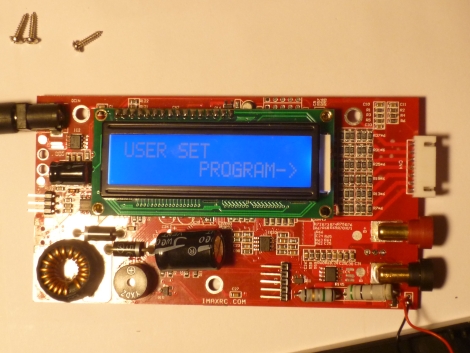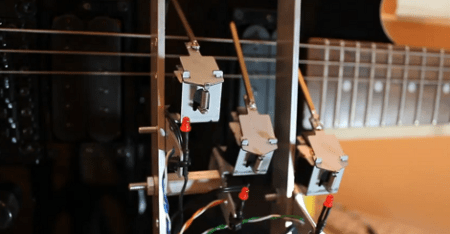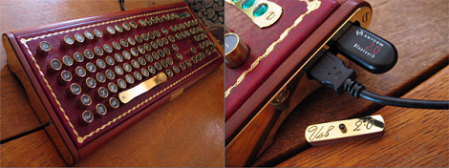
Like any learned individual, [Justin] has a whole mess of books. Not being tied to the dead-tree format of bound paper, and with e-readers popping up everywhere, he decided to build a low-cost book scanner so an entire library can be carried in a his pocket. If that’s not enough, there’s also a complementary book image processor to assemble the individual pictures into a paginated tome.
The build is pretty simple – just a little bit of black craft board for the camera mount and adjustable book cradle. [Justin] ended up using the CHDK software for the Cannon PowerShot camera to hack in a remote trigger. The scanner can manage to photograph 600 pages an hour, although that would massively increase if he ever moves up to a 2-camera setup.
Continue reading “DIY Book Scanner Processes 600 Pages/hour”
















